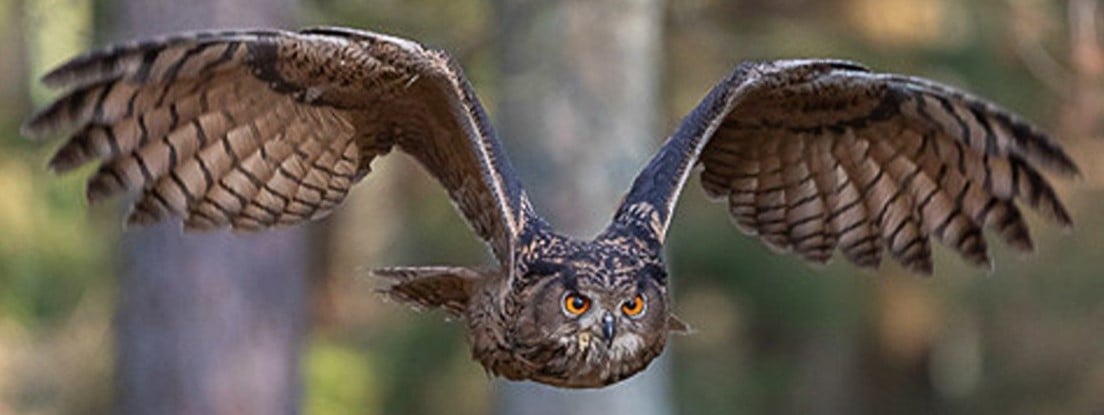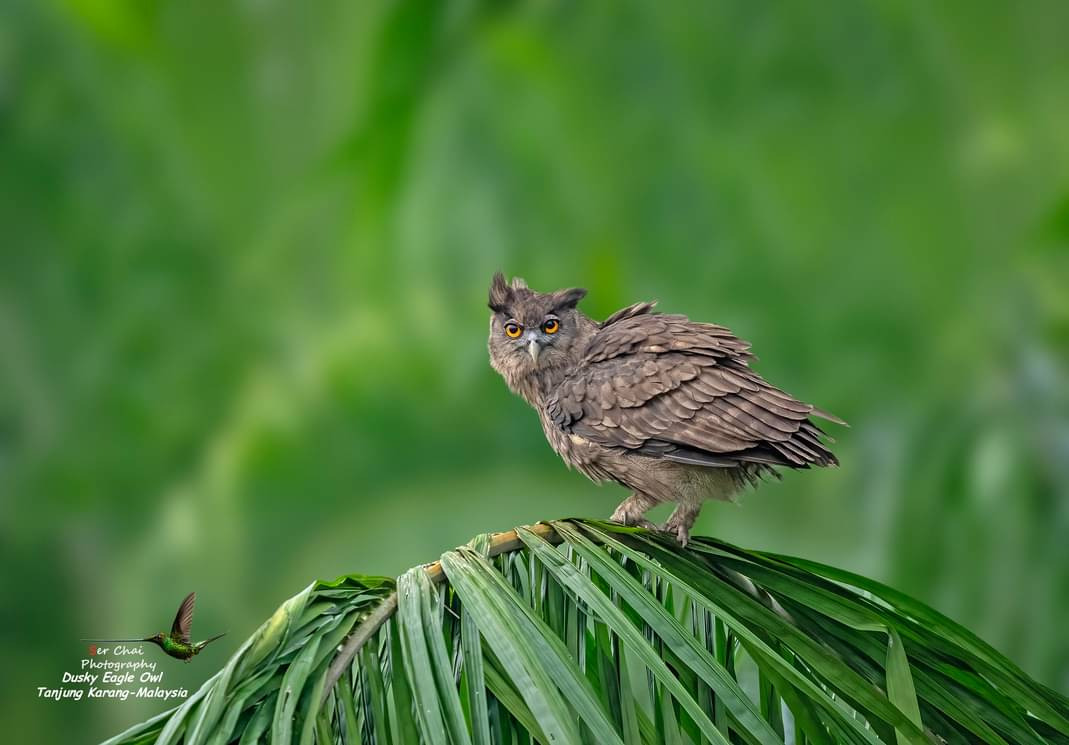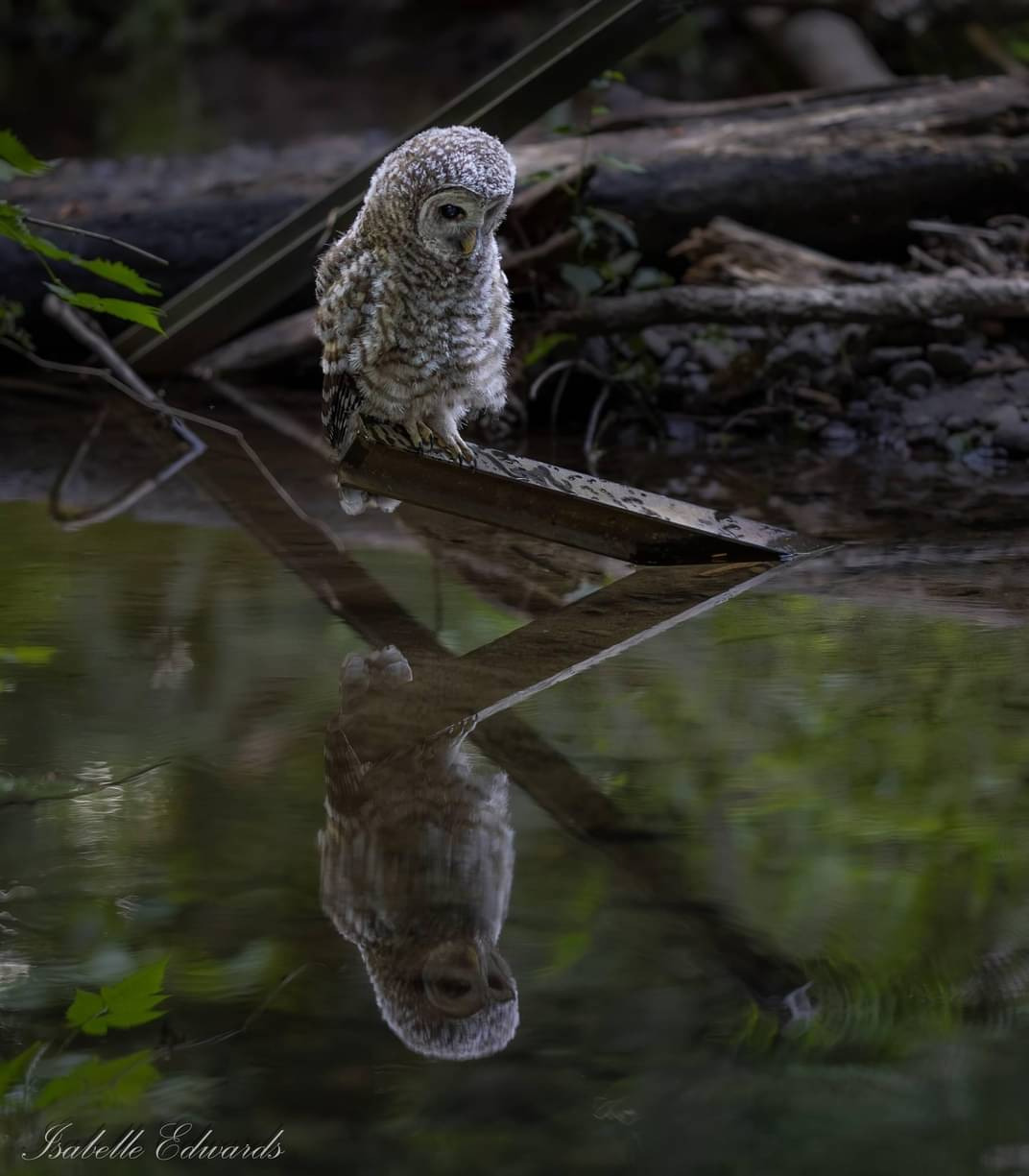From BBC
The 18-year-old barn owl was discovered at Eastfield Farm in Hough on the Hill
Bird experts say they have found the oldest barn owl ever recorded in Britain and Ireland.
The British Trust for Ornithology (BTO) said the owl, originally ringed as a chick in Nottinghamshire in 2007, was discovered at a farm in Lincolnshire during the organisation's annual barn owl survey.
Not only was the female owl found to be the oldest - beating the previous record of 15 years and seven months - but she was also breeding a six-week-old chick.
A spokesperson for the Barn Owl Trust said the discovery was "incredibly rare" and "great news" for the future of the species.
Barn owl expert Alan Ball said he was amazed by the discovery
Alan Ball has been ringing barn owls for the past 40 years on behalf of the BTO in Lincolnshire and parts of Nottinghamshire.
He told the BBC he paid a visit to Eastfield Farm in Hough on the Hill in June to monitor the barn owls as usual before he realised something "slightly peculiar" about one of the female adult birds.
"I recognised the first few letters on its ring, and remembered that I had recorded this owl some time ago," said the 68-year-old.
"We found out this bird had been recorded in Nottinghamshire on 23 June 2007. The date we'd found it was the 25 June 2025, making it 18 years old.
"Immediately, I knew it was one of the oldest, if not the oldest. I was amazed by the discovery.
"For a barn owl to be alive and breeding at that age is spectacular, and a brilliant sign for their future."
The average lifespan of a barn owl is about four years
Ben Lord looks after the owls on the farm after his grandfather retired 15 years ago, and said the discovery "means a lot" to them.
"My grandfather devoted lots of time on the farm to monitoring the owls and maintaining the boxes they stayed in - he actually built them himself," he said.
"To think that our little farm in Lincolnshire was the place for something like this is great - it puts us on the map."
Barn owls have an average life expectancy of four years, according to the Barn Owl Trust.
Most owls die in the winter time due to food shortages and harsh weather conditions, but conservationists at the trust believe milder winters are causing more of them to survive.
Daniel Whitelegg, an assistant conservationist at the trust, said the owls' increased survival was also down to the work of volunteers.
"These birds have gone from being relatively rare in the country to more common because of volunteers and farms like these checking up on them," he said.
"Only 40% of these owls make it to breeding age, so the fact this one has survived this long and is breeding is exceptional.
"The work of volunteers is so important, and we would love to see more barn owls making it to this age - we are hopeful for the future."






























